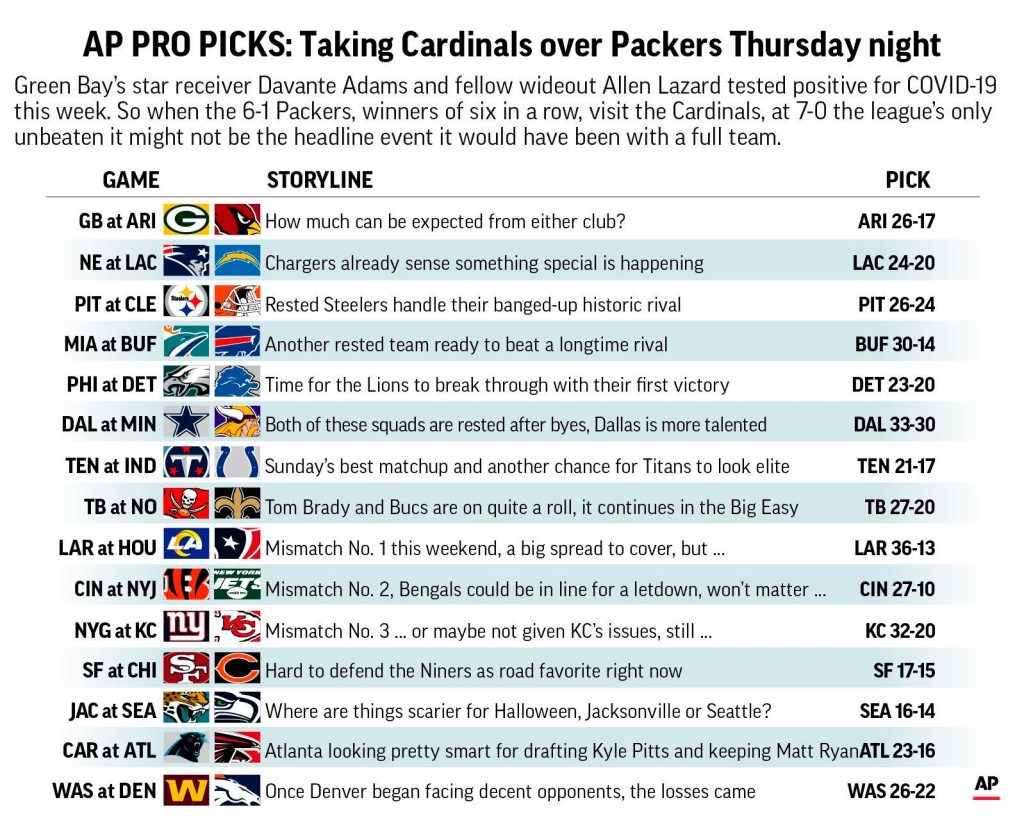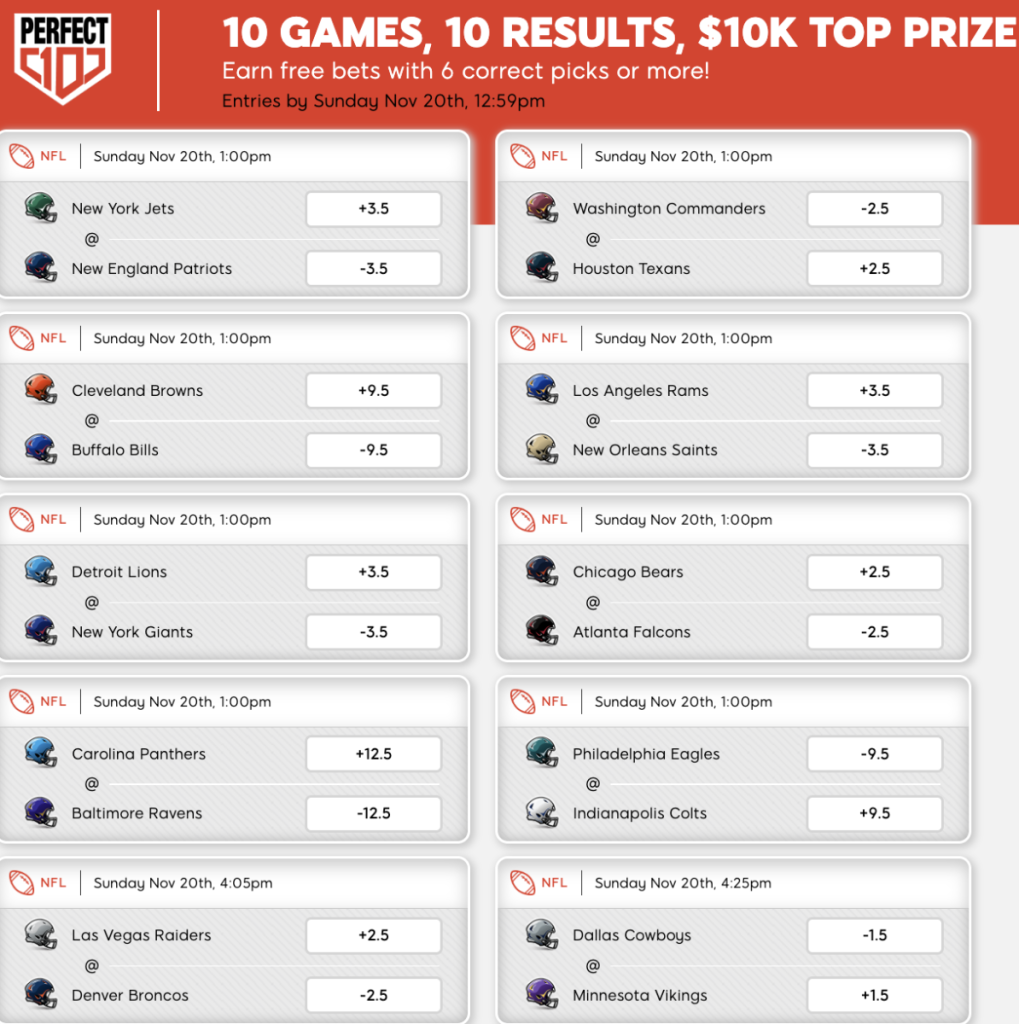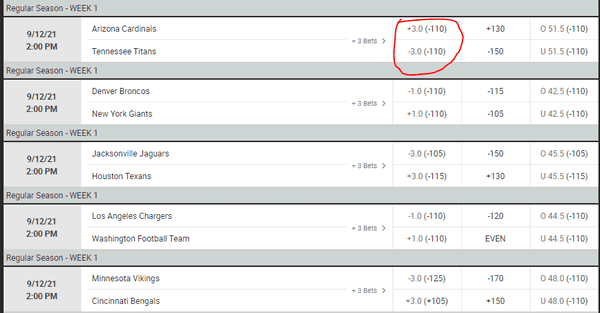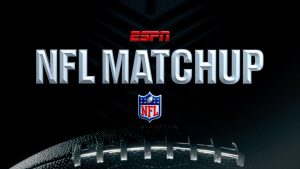Point spreads are the cornerstone of NFL betting. These spreads are not just numbers; they reflect expectations, a challenge for bettors, and a balancing act for bookmakers. Understanding point spreads is crucial for the football fan and the eager bettor. Today, we will focus on learning about NFL point spreads, offering insights and strategies to navigate this exciting aspect of sports betting.

What are NFL Point Spreads?
In the NFL, a point spread is not just a number but a pivotal tool in sports betting. It is a handicap assigned to one of the teams to even out the betting field. This handicap represents the expected margin of victory. For instance, if the New England Patriots are listed as -7 against the Miami Dolphins, the Patriots are predicted to win by more than 7 points. In this scenario, betting on the Patriots means you believe they will win by more than 7 points, while betting on the Dolphins means you expect them to win, or lose by less than 7 points. The spread transforms the betting experience, shifting focus from merely predicting the winner to analyzing how well each team will perform relative to the set expectations.
👉 To stay ahead in NFL betting strategies, check out “Mastering the Game: Understanding Football Bet Types“.
Role of Bookmakers in Setting Spreads
Bookmakers, or oddsmakers, play a crucial role in determining point spreads. They are not just setting random numbers; they aim to create a line that will ideally balance the betting on both sides of the wager. This balance is critical for bookmakers as it helps to mitigate their risk of significant losses. To set these lines, they rely on a complex blend of factors:
- Statistical Analysis: They use advanced algorithms and statistical models that consider various elements like team performance metrics, scoring averages, and defensive capabilities.
- Historical Data: Past performances, especially in similar matchups or under similar conditions, are vital in predicting future outcomes. Trends over several seasons can be particularly telling.
- Current Team Performance and News: This includes not just wins and losses but also more nuanced information like player injuries, team morale, recent changes in team management, or even scandals that could affect player performance.
- Public Perception and Betting Patterns: Oddsmakers also monitor how the public is likely to bet. Sometimes, spreads are adjusted to account for the biases of the general betting public, who might overwhelmingly favor a famous team.

More Than Just Numbers: The Strategy Behind Spreads
Understanding point spreads requires more than just grasping the basic concept. Bettors should realize that spreads are dynamic and can change in the lead-up to a game. These changes can result from new information, such as critical player injuries or betting patterns. If too much money is wagered on one side, the bookmaker may adjust the spread to make the other more appealing, thus balancing their risk.
Point spreads also include what is known as “vig” or “juice” – the bookmaker’s fee for taking the bet. Typically, bettors must wager a little more than they stand to win, another aspect they must consider.
Analyzing Common Point Spread Ranges
Certain point spread ranges in the NFL are more common, and each has its significance.
- Three-Point Spread: Often seen in matchups where teams are evenly matched. The three points usually account for the perceived home-field advantage. For instance, if Team A is -3 at home against Team B, the game is expected to be close, with the home field being the deciding factor.
- Seven-Point Spread: This spread indicates a clear favorite, but not overwhelmingly so. It often reflects a disparity in talent or a significant matchup advantage. For instance, a team with a strong defense against an opponent with a weaker offense might see a spread like this.
- Ten-Point Spread: Double-digit spreads, like the ten-pointer, suggest a game that is expected to be one-sided. These are less common but can occur when a high-caliber team faces a struggling opponent.
Understanding these ranges and their context can provide a significant edge in betting.
Strategies for Betting on Point Spreads
Successful betting on NFL point spreads requires more than just understanding numbers; it involves a strategic approach:
- Team Analysis: Examine team performance trends, including home and away performances. Look into head-to-head matchups and recent form.
- Key Factors: Injuries, weather conditions, and team morale can swing a game. A star player’s injury or extreme weather conditions can drastically affect a game’s outcome.
- Reading Trends: Pay attention to how teams perform against the spread. Some teams consistently beat the spread, while others may struggle.
- Value Betting: Look for spreads that seem off based on your analysis. The goal is to identify lines that offer value, not just to pick winners.
- Bankroll Management: Bet wisely. Only chase losses or bet what you can afford.
Common Mistakes to Avoid
- Emotional betting.
- Favoring your preferred team regardless of the spread.
- Ignoring the context, like disregarding critical player injuries or team changes.
Another mistake is overvaluing the importance of the spread. While significant, it’s just one piece of the puzzle.
Expert Insights
Seasoned bettors often emphasize the importance of patience and research. They suggest understanding each team’s dynamics and not getting swayed by public opinion. One expert says, “The spread is a tool, not a prediction. Use it as part of your arsenal, not the sole basis of your bet.”

Conclusion
Point spreads in the NFL are more than just numbers; they are a gateway to understanding the deeper aspects of the game and its competitive nature. By grasping the nuances of point spreads and applying strategic betting practices, you can enhance your NFL viewing and betting experience.



